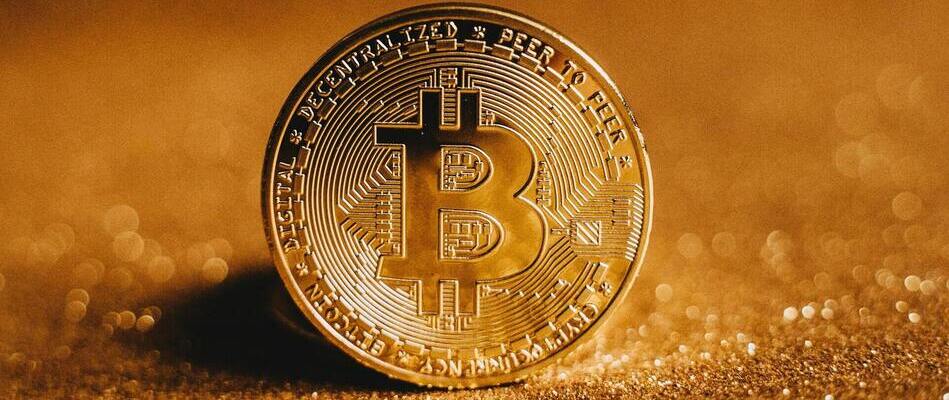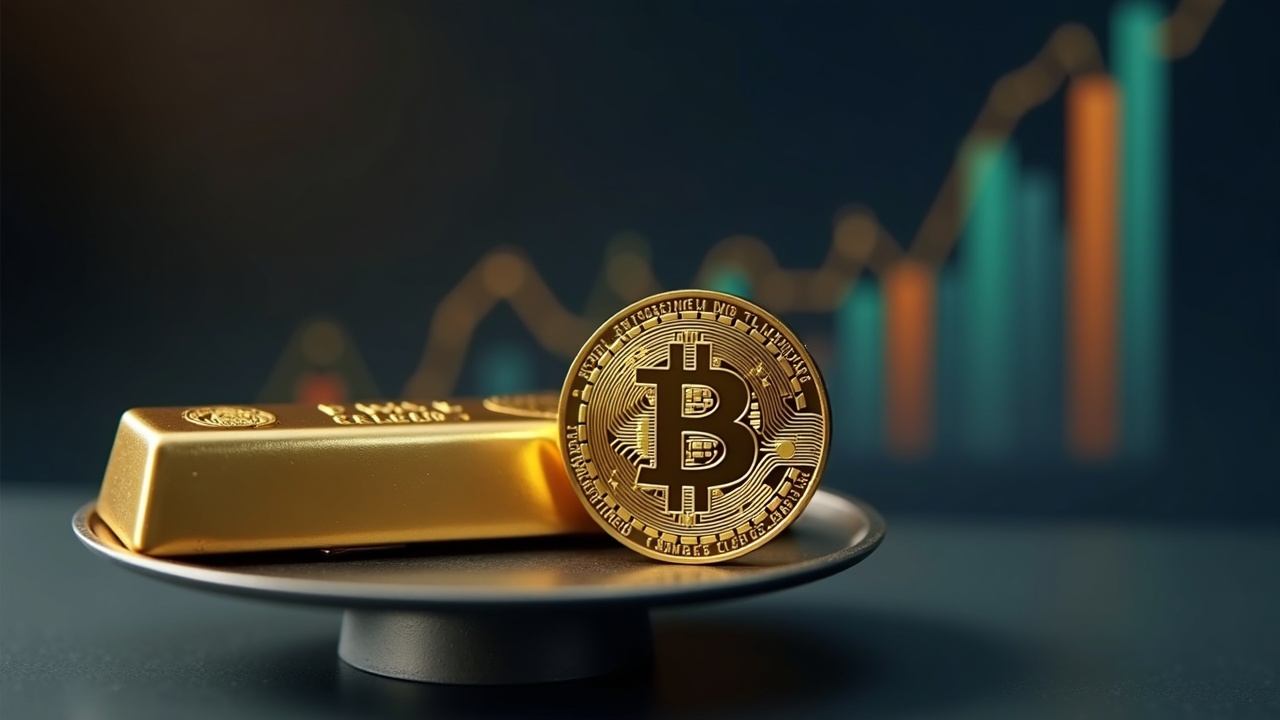The observation that the combined value of Gold and Bitcoin is nearing a record high against the US money supply is a significant signal about shifting perceptions of value in the modern economy. This trend reflects a growing institutional appetite for assets perceived as immune to debasement, moving the discussion from theoretical adoption to practical financial integration.
A Signal in the Ratios
The core of this signal lies in the performance of these assets relative to the growth of the US M2 money supply. While gold has posted a strong performance, rising 38% year-to-date as of late 2025, its value adjusted for M2 growth remains below its 2011 peak. This suggests that despite its recent rally, its growth has largely kept pace with, but not dramatically exceeded, the expansion of the money supply.
Bitcoin, however, tells a different story. Each major bull cycle has seen Bitcoin hit a new all-time high not just in absolute price, but also relative to the M2 money supply, a feat it achieved again recently. This indicates that Bitcoin’s value is appreciating at a rate that consistently outpaces money supply growth, highlighting its different role as a dynamic, high-growth asset responding to an era of monetary expansion.
The Evolving Roles of “Safe Havens”
This divergence underscores the evolving and distinct roles both assets play. Gold continues to serve as a long-standing hedge and portfolio stabilizer. Its price surge to an all-time high of over $4,300 in October 2025 was driven by classic safe-haven demand: geopolitical tensions, a weakening US dollar, and dovish monetary policy. Its 5,000-year history as a store of value provides a trust model backed by central banks and financial institutions worldwide.
Bitcoin, in contrast, has matured from a speculative asset into what many call “digital gold”. Its value proposition is built on a foundation of programmed digital scarcity—a hard cap of 21 million coins—and a trust model that is decentralized and distributed across its global network. This has paved the way for its financialization, where it is no longer just held statically but is being integrated as productive capital.
Practical Implications for Modern Finance
For treasury desks, derivatives traders, and fund managers, this is more than an academic observation; it has concrete implications for risk management and strategy.
The concept of Digital Asset Treasuries (DATs) is being tested by a growing class of companies. They are moving beyond simply holding Bitcoin as a reserve asset and are instead using it as programmable collateral to raise funds, secure credit, and engineer returns through instruments like zero-coupon bonds. This marks a fundamental shift from owning Bitcoin to actively utilizing it within corporate finance architecture.
Furthermore, the trend of Real-World Asset (RWA) tokenization is blurring the lines between traditional and digital finance. Major institutions like BlackRock, Franklin Templeton, and JPMorgan are actively launching initiatives to represent traditional assets—including treasury products, commodities, and bonds—as digital tokens on blockchain networks. This creates a new, programmable financial layer where tokenized gold can coexist and interact with native digital assets like Bitcoin, offering new avenues for liquidity and diversification.

A Note of Macroeconomic Caution
While the narrative of escaping “money printing” is compelling, it’s crucial to consider a more nuanced macroeconomic view. Modern economies operate on an endogenous money system, where money supply growth often reflects economic expansion as banks create money in response to credit demand. Therefore, a rising money supply is not inherently a sign of debasement.
Furthermore, gold’s trajectory is not solely determined by money supply. It remains highly sensitive to the US dollar’s strength and real interest rates. A significant rally in the dollar, driven by stronger relative US economic growth, could easily derail the “hard asset” trade and put downward pressure on gold prices.
The combined rise of Gold and Bitcoin against the money supply is a powerful indicator of a broader search for durable value in a changing financial system. For professionals, the key is to monitor this ratio while understanding the distinct drivers of each asset and the profound structural changes, like DATs and RWA tokenization, that are reshaping how value is stored and utilized.


